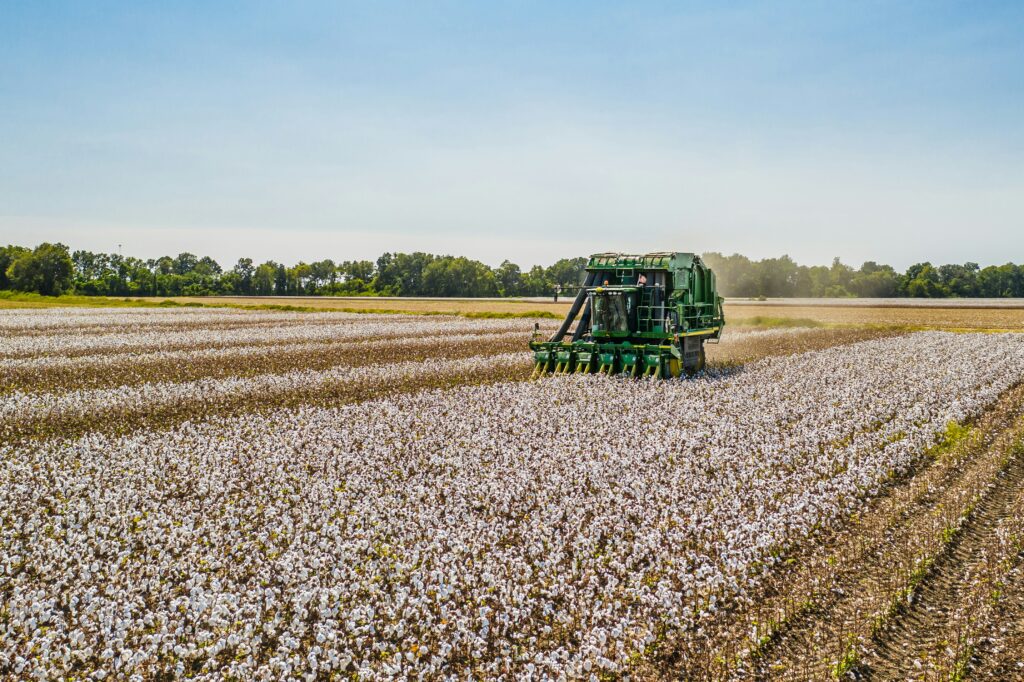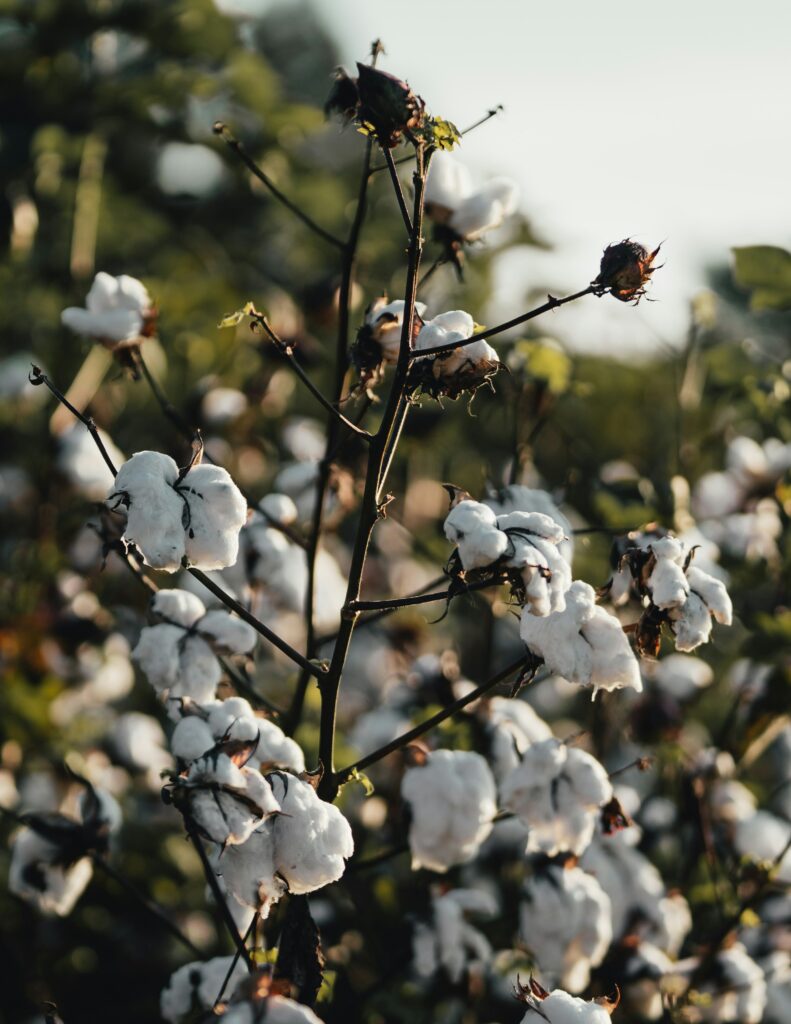Working towards a more sustainable future is one of Otto International’s core pillars. We’re fully committed to fostering a positive impact within the communities we work in and prioritise minimising our supply chain’s environmental footprint. As we share a vision, we have been actively supporting the Aid by Trade Foundation’s Cotton Made in Africa (CmiA) initiative in our operations.
The Cotton made in Africa Initiative
CmiA is an internationally recognised certification for sustainably produced cotton. The initiative was first established by the Otto Group Chairman, Michael Otto, in 2005 with the aim of incentivising market forces to generate license income that can be reinvested in Africa. This enables cotton farmers to improve their living and working conditions and endorse measures that protect our environment.

According to Aid by Trade Foundation’s annual report, in 2022 approximately 900,000 smallholder farmers across ten countries cultivated cotton in accordance with the CmiA standards, yielding 715,000 tons of sustainable cotton for the global market. This quantity represented nearly 3% of the total global cotton output and around 40% of all cotton production in Africa. Around 890 million CmiA-labelled textiles were produced to meet international demand in 2022, in comparison to just 20 million in 2012.
“Helping Others to Help Themselves”

Following the principle of “helping others to help themselves”, CmiA empowers smallholder farmers in Africa to improve their living and working conditions through trade. By providing training in sustainable farming practices and supporting access to international markets, the initiative enables these farmers to build self-reliant livelihoods and escape the cycle of poverty. This approach not only fosters economic independence but also contributes to the overall development and resilience of the communities involved, creating a lasting impact that extends beyond immediate assistance.
The Environmental Impact of CmiA

CmiA cotton has a significantly positive environmental footprint, outperforming the global average in terms of greenhouse gas emissions and freshwater consumption. According to the Otto Group, the cultivation of one kilogram of CmiA cotton requires merely two litres of freshwater, a stark contrast to the global average of approximately 1,500 litres, primarily due to the absence of artificial irrigation in CmiA cotton production.
Furthermore, the production of CmiA cotton releases only 1.24 tons of CO₂ equivalents per ton of harvested cotton, whereas the global average is 1.43 tons of CO₂ equivalents. This lower emission can be attributed to the minimal use of fertilizers and the cultivation of CmiA cotton under rainfed conditions. Rainfed agriculture not only safeguards surface and groundwater but also conserves the energy that other producers have to use for artificial irrigation.
CmiA Hard Identity System (HIP)
The recent changes in regulatory requirements have called for greater transparency of imports, pressuring brands and retailers to provide guaranteed statements of origin for all their cotton-based products.
To accommodate this change, the Aid by Trade Foundation has introduced the CmiA Hard Identity System (HIP). This system ensures that CmiA cotton cannot be blended or substituted with non-CmiA cotton at any level of the supply chain, differing from the previous Mass Balance System. As a result, products are guaranteed to contain 100% CmiA cotton and can be traceable down to the ginnery.

Otto International has actively provided support for CmiA HIP and continuously offered the basis for procuring items for this system. We believe this development is poised to significantly enhance transparency and accountability within the cotton supply chain, aligning with the heightened regulatory expectations and fostering greater confidence among consumers and stakeholders.
Check out our News channel and follow our LinkedIn page to learn more about our initiatives and business updates.

